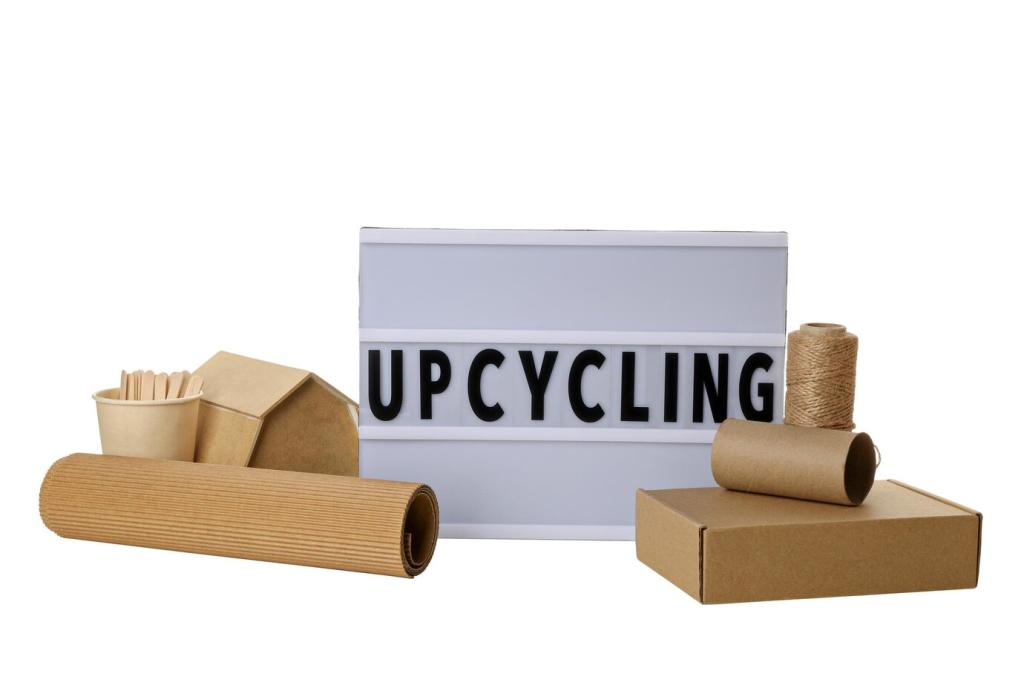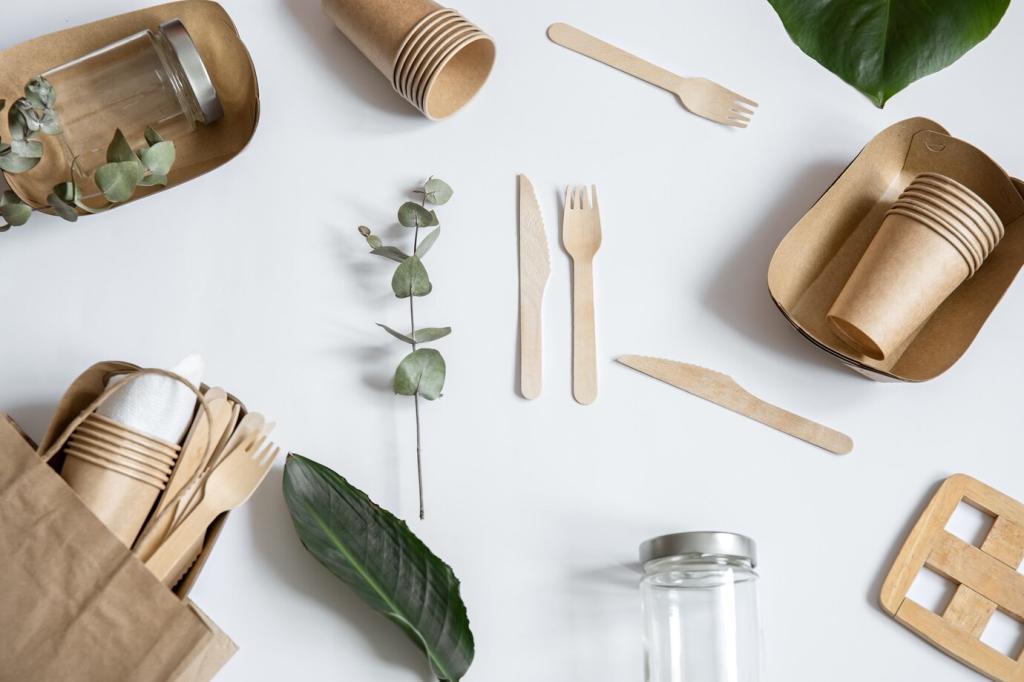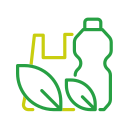Chosen theme: Biodegradable Cleaning Tools. Welcome to a space where sparkling countertops meet soil-friendly endings. Explore science-backed tips, vivid stories, and practical swaps that make everyday cleaning kinder to oceans, compost piles, and future generations. Subscribe, comment, and help build a brighter routine—one scrub at a time.
What Makes a Cleaning Tool Truly Biodegradable?
Look for bamboo handles, beechwood, coconut coir, sisal, tampico, loofah, and cellulose. These plant-based fibers degrade into biomass, water, and CO₂. Avoid synthetic bristles disguised by green colors. Remove metal staples before composting, and note PLA often needs industrial conditions—not a cool backyard pile.





Performance Without Plastic Guilt
Coconut coir pads cut through baked-on oil when paired with hot water and a drop of soap. Beechwood pot brushes excel on cast iron without scratching seasoning. Compared with steel wool, coir holds form longer in daily use and won’t shed sharp fragments down the drain.
Performance Without Plastic Guilt
Hang tools by their loops, avoid leaving them flat on damp sinks, and rotate between two cloths. Boil cellulose cloths for ninety seconds or rinse with diluted vinegar weekly. Sun-dry briefly to refresh fibers, but avoid scorching midday heat that can crack wooden handles over time.
Room-by-Room Biodegradable Toolkit
Start with a wooden pot brush, cellulose sponge cloths, a coconut-husk scrub pad, and a plant-based bottle brush. Add compostable bin liners made from certified materials. Keep a compact loofah slice for gentle glassware. Your counters will sparkle—and your compost will thank you later.
Room-by-Room Biodegradable Toolkit
Choose a bamboo-handled scrubber with tampico bristles for tiles, a sisal pad for grout edges, and a cellulose cloth for mirrors with a vinegar spritz. Replace synthetic poufs with natural loofah. Store everything upright for airflow, and compost the worn pieces instead of sending them to landfill.
Room-by-Room Biodegradable Toolkit
Use a wooden broom with plant-fiber bristles, a mop head made from compostable cellulose strips, and wool dryer balls packaged in paper. Swap plastic stain sticks for paper-wrapped soap bars. Share your room-by-room kit photo and inspire others to build a better, biodegradable cleaning routine.
Buying Smart, Storing Smarter
Decode labels without falling for buzzwords
“Eco-friendly” is not a certification. Look for ASTM D6400, EN 13432, or BPI logos, fiber sources, and country of manufacture. Understand the difference between recyclable and compostable. Favor brands that publish test results, replacement parts, and repair instructions. Ask questions—transparent companies happily answer them.
Packaging: the first footprint
Prioritize plastic-free packaging—paper bands, compostable mailers, and minimal ink. If your city lacks industrial composting, skip PLA film. Buying from local makers reduces shipping emissions and supports craftsmanship. Order in batches to cut deliveries. Tell us which brands genuinely cut packaging waste; we’ll feature community picks.
Storage that keeps tools dry, clean, and effective
Install a rail with hooks near airflow, not above steaming kettles or shower heads. Oil wooden handles occasionally with food-safe oil to prevent cracks. Replace brush heads instead of tossing whole tools. Post your storage setup, tag us, and help readers build a durable, biodegradable cleaning station.
DIY, Repairs, and Community Momentum
Upcycle worn cotton towels or linen napkins into reusable cleaning cloths. Hem edges, boil to sanitize, and pair with a homemade citrus-vinegar spray. These fully biodegradable cloths replace rolls of paper towels and transition gracefully into the compost when threadbare. Share your favorite fabric choices.

